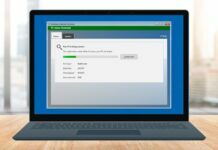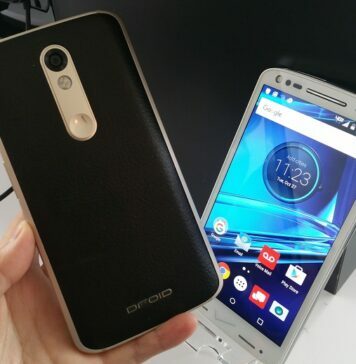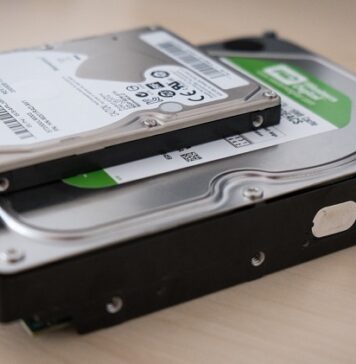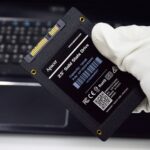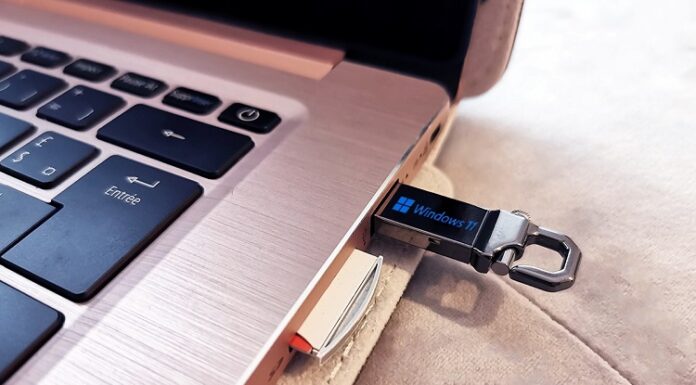BitLocker is a highly useful software for encrypting entire partitions and drives on computers. But following few simple steps you can create encrypted files using BitLocker. The trick is to create file containers and encrypting it using the application. The prerequisite for using BitLocker is that you need to have specific versions of Windows operating systems. These are Windows 7 and Vista Ultimate and Enterprise editions or Windows 8 and 8.1 Pro and Enterprise editions or Widows Server 2008 or later.
To begin with, you first need to create a Virtual Hard Drive (VHD) on your computer. Creating VHD on your computer is creating a virtual partition on the hard drive which is stored on the disk and the space occupied by VHD is equal to the size of the VHD. For example, if you choose to create VHD with 3 GB of space, it will occupy 3 GB space on your hard drive.
To create a VHD, open the run dialogue box by clicking on the Windows menu or by pressing the Window key + R and type the command ‘diskmgmt.msc’ in it. If you are using Windows 8 or 8.1, press Windows key + X or right click on the Windows icon on the bottom right hand corner and click on ‘Disk Management’. In the Disk Management window, click on the ‘Action’ menu and under the menu click on ‘Create VHD’ option. This will start the process to create a Virtual Hard Drive.
Next, you need to specify the location and the size of the VHD file. The file will be stored in the location as specified by you and will take disk space equal to the size specified by you. You may also select the default size option for the VHD. The minimum size of the VHD should be at least 64 MB since this is the minimum disk size required by BitLocker or the application will not function. It is also possible to increase the size of the virtual drive by accessing the ‘diskpart’ option and typing the ‘expand vdisk’ command.
While creating the virtual drive, there is an option to choose between Fixed Size drive and Dynamically Expanding drive. In the former option, the size of the disk is fixed and hence it cannot be expanded automatically unless you manually increase the size of the disk. However, the virtual drive with fixed size allows writing data on it in a faster manner since there is less disk fragmentation required. If you opt for the second option which creates dynamically expanding drive, the size of the drive increases automatically when you add new files to it. However, it makes writing to the drive slow.
Once you have followed these steps, the image of the drive will appear as separate drive in the Disk Management option and you need to right click on it and select the option for ‘Initialize Disk’. The option MBR or Master Boot Record needs to be chosen if you are creating a VHD on Windows 7 or want to make it compatible with Windows 7.

For Windows 8 and 8.1, choose the GUID Partition Table or GPT option. GPT is better in terms of resilience to corruption of the files and the drives and is faster than MBR. Right click on the drive and create a partition on the VHD and select the option for New Simple Volume. For the file system choose NTFS, in the Allocation unit size either leave it untouched for the default option or you can make your own selection. Next in the Volume label give a label or a name to the drive.

This completes the process for creating a Virtual Hard Drive on your computer and the drive will appear as a separate drive on your computer. In the Windows Explorer option, right click on the VHD and select the option ‘Turn on BitLocker’. It will enable BitLocker for the virtual drive and you can specify a password of your choice. This will encrypt the drive instantaneously and will password protect the drive.

Once it has been done, right click on the virtual drive and click on eject option. This will remove the drive from the list of drives on your computer. When you want to access the drive, visit the Disk Management screen and from the ‘Action’ option menu, select ‘Attach VHD’ option. In the popup browse the VHD you want to access and attach it. You can access the data after entering the password in the required field.
You can create backups of your VHD files and access it from another computer as well after attaching it. It is important to note that before copying a VHD you need to eject it, else it will corrupt the data if it is not ejected and copied while data is being written on the drive.



